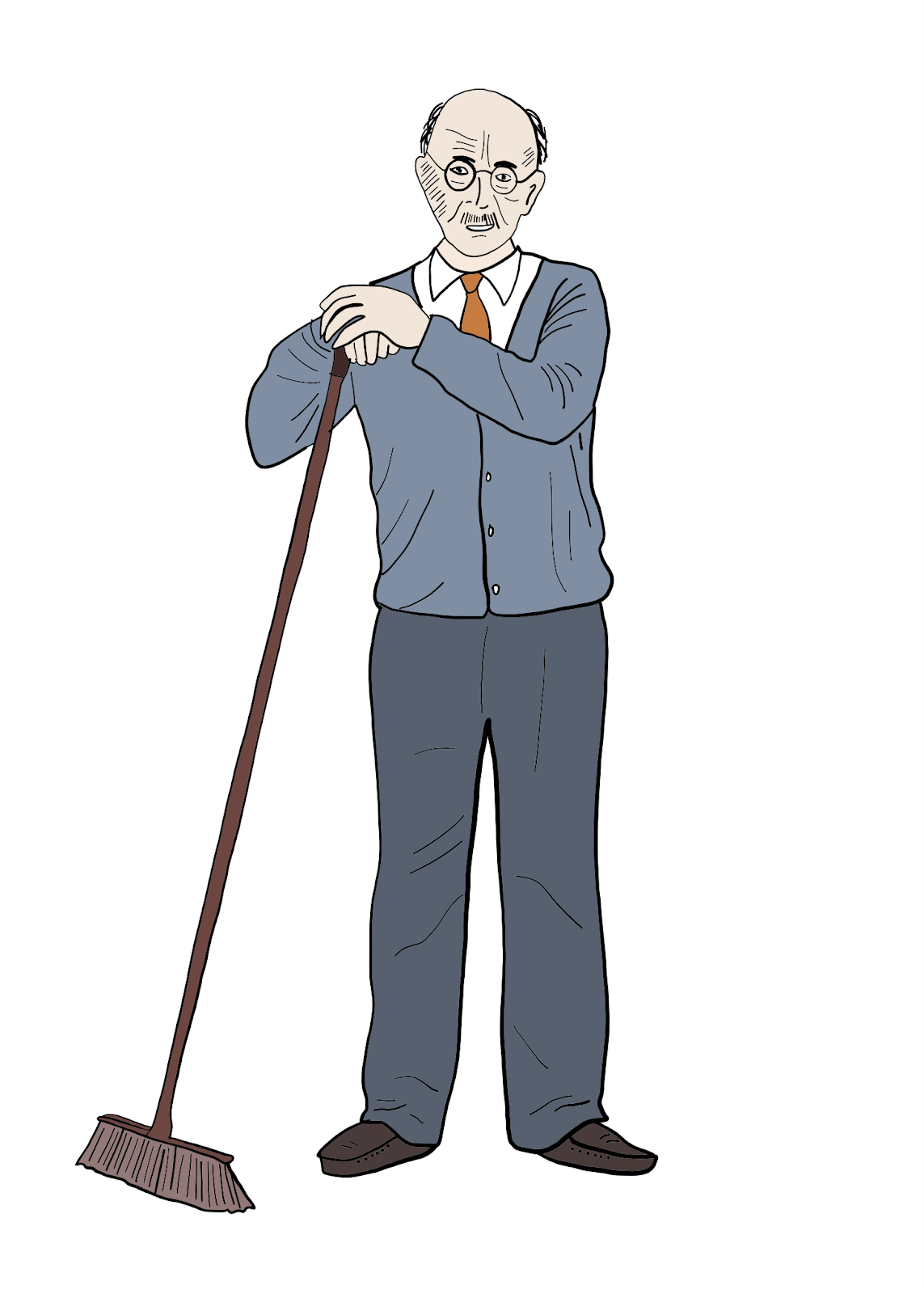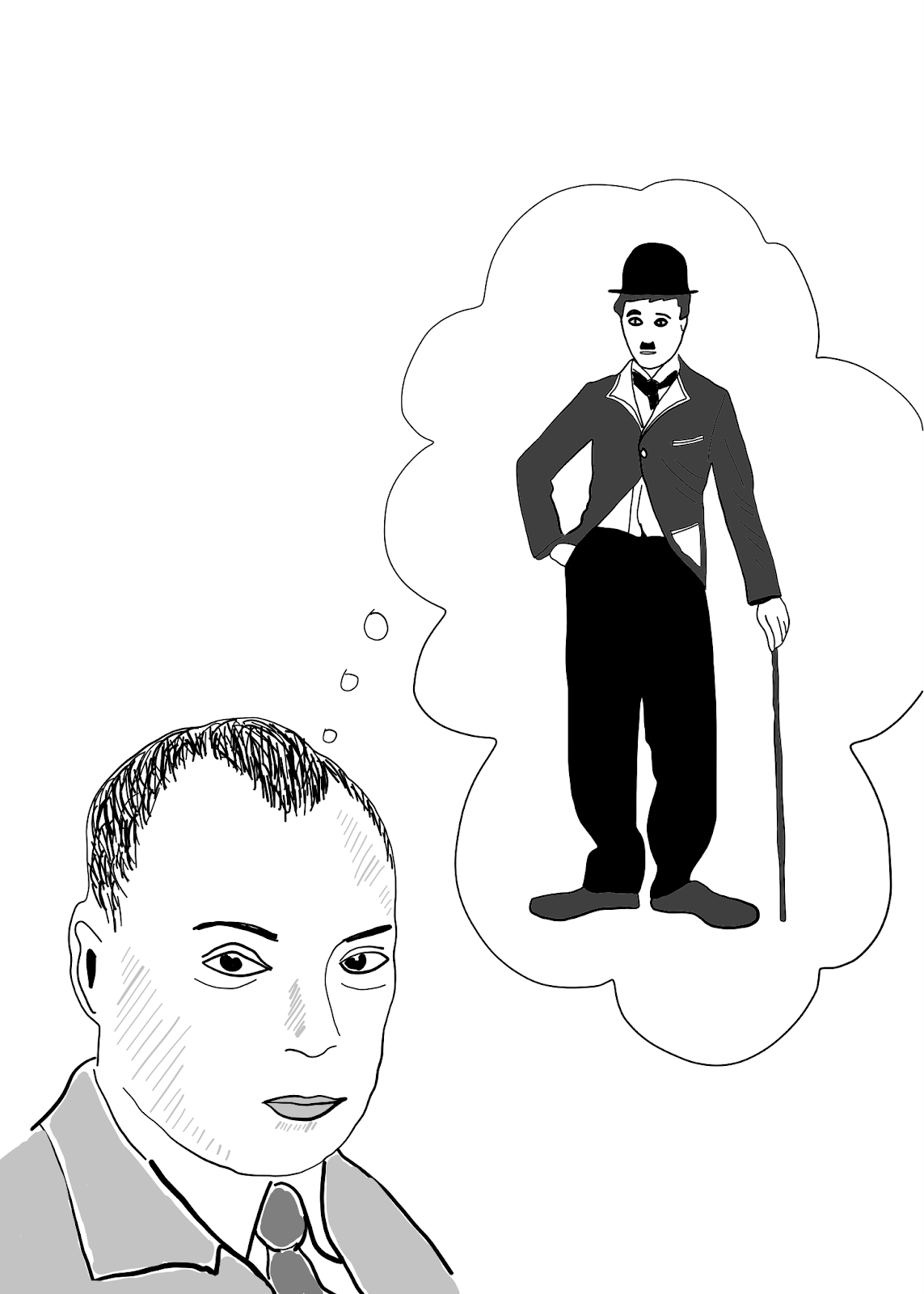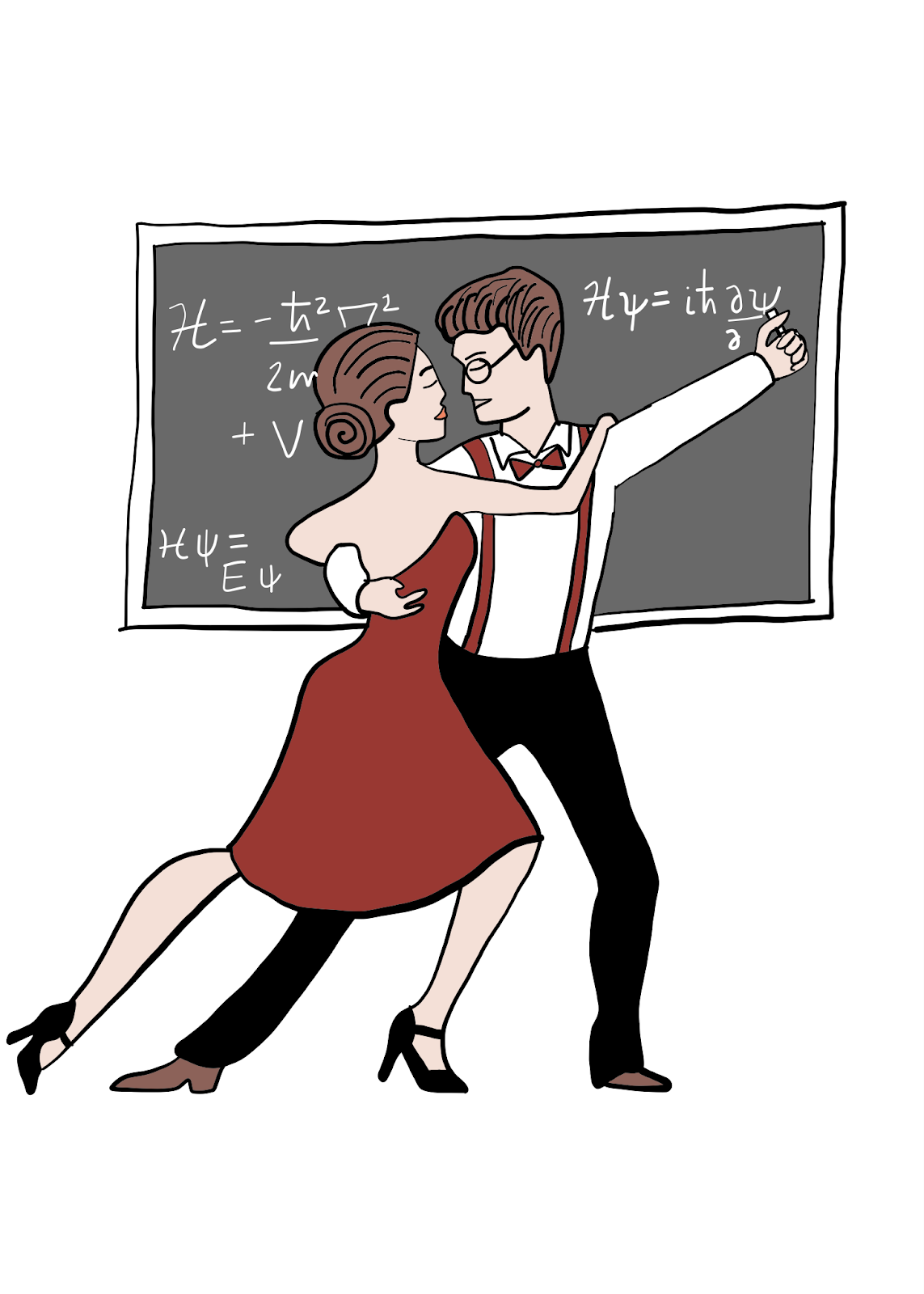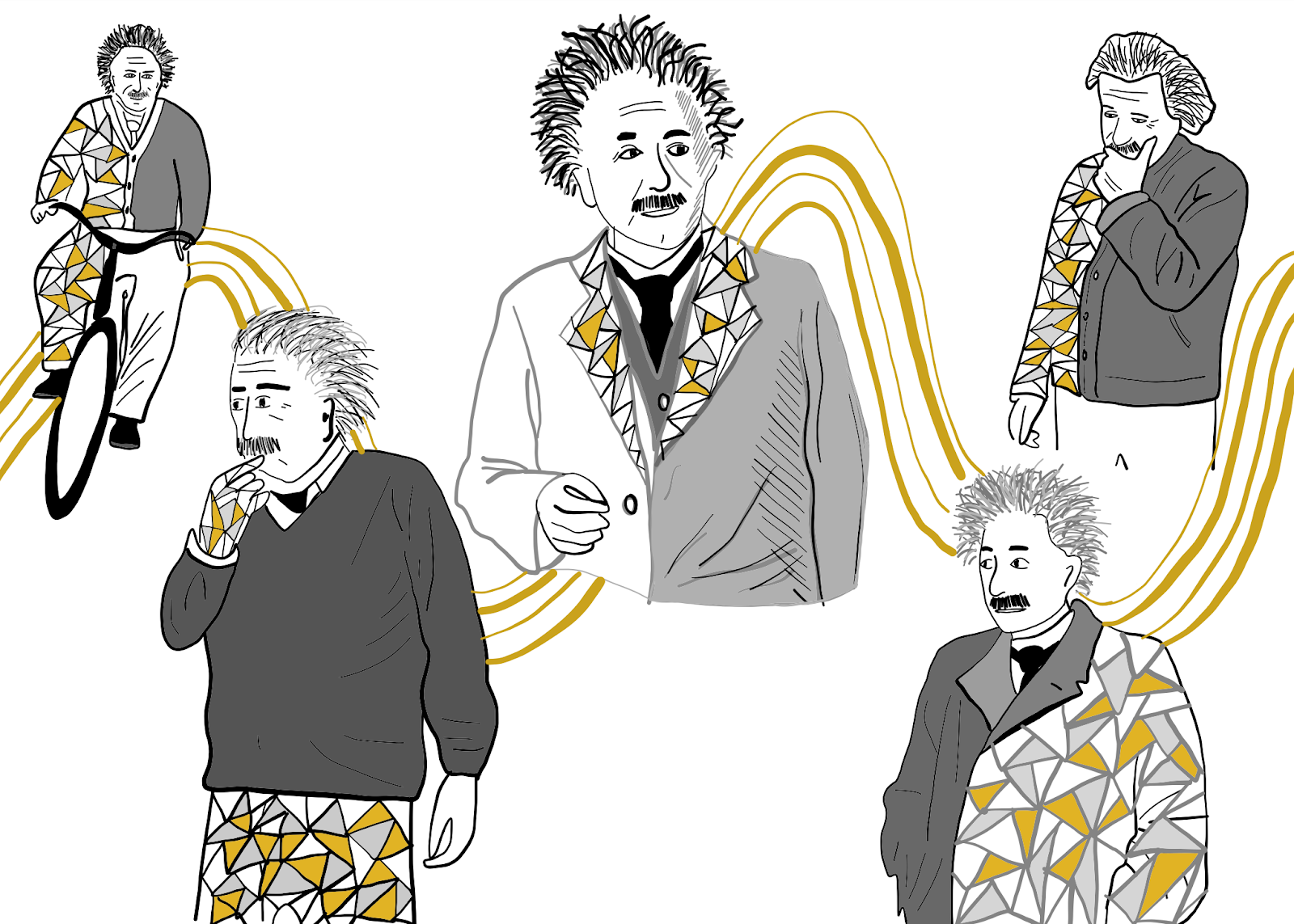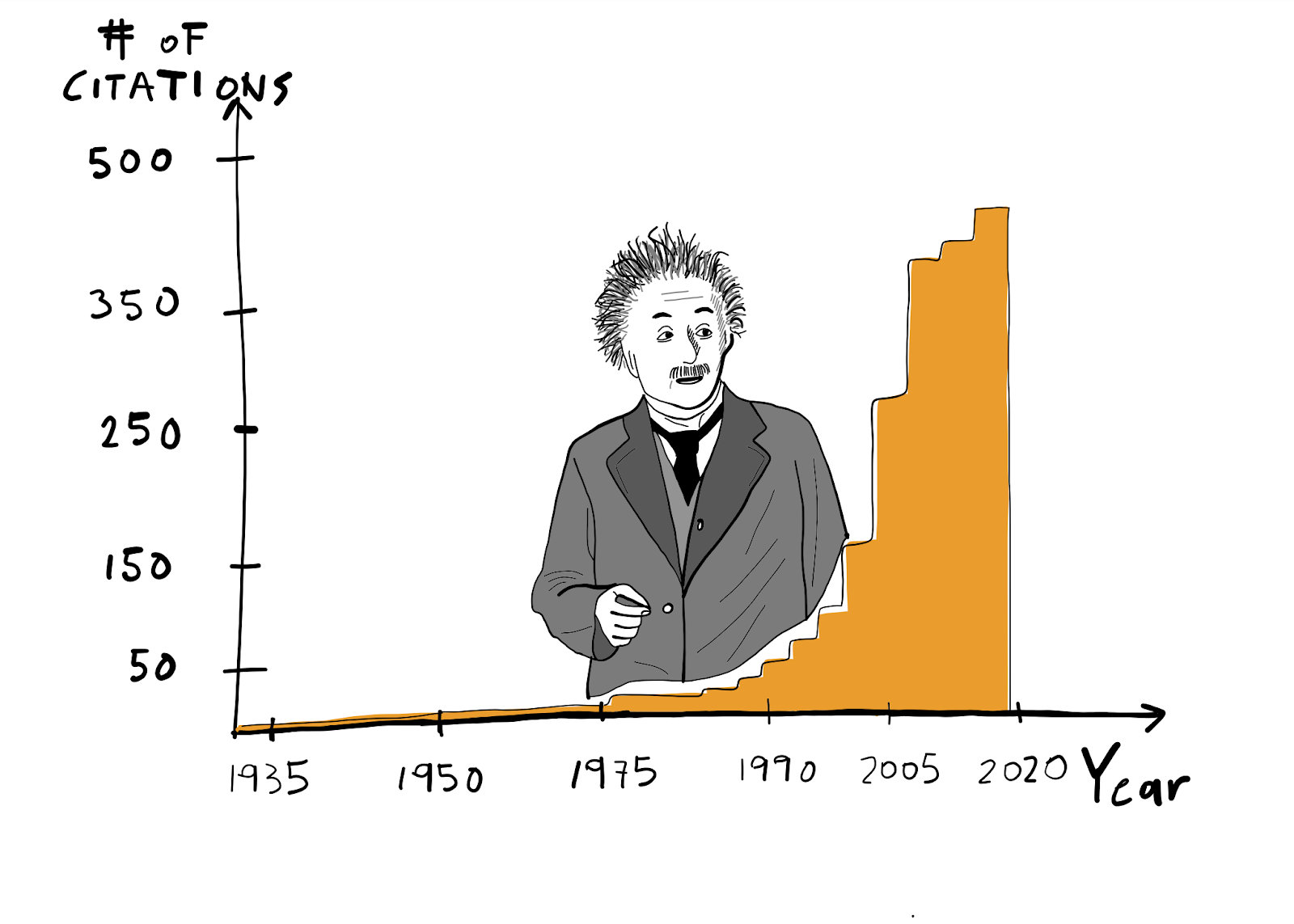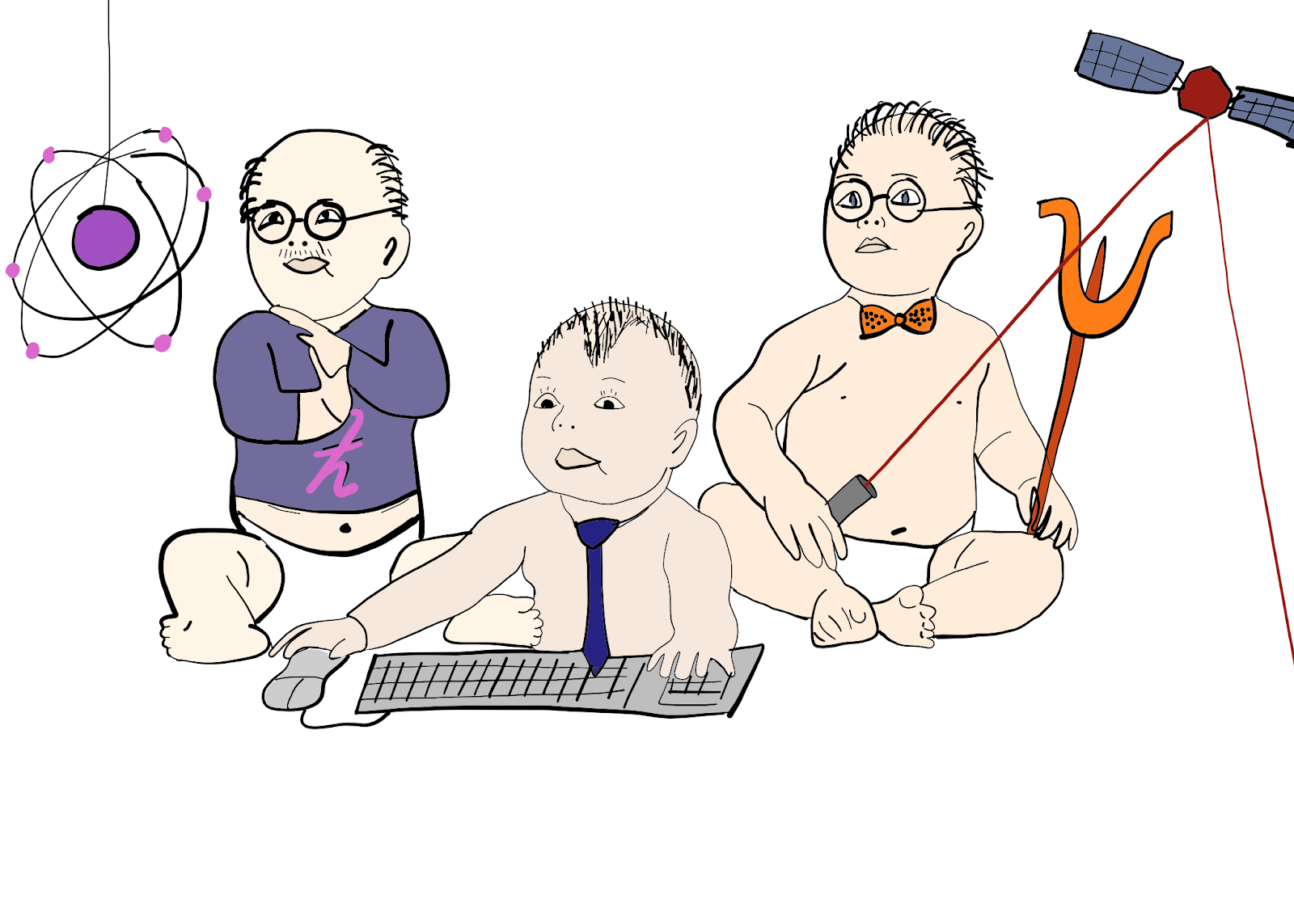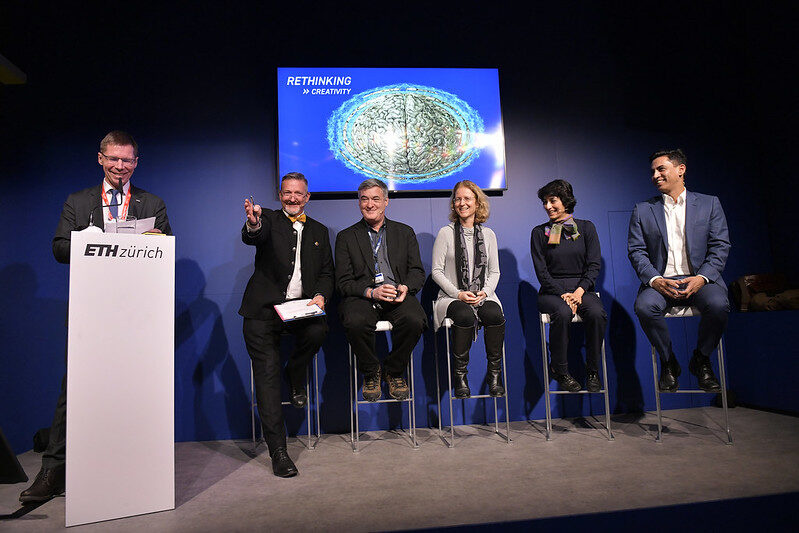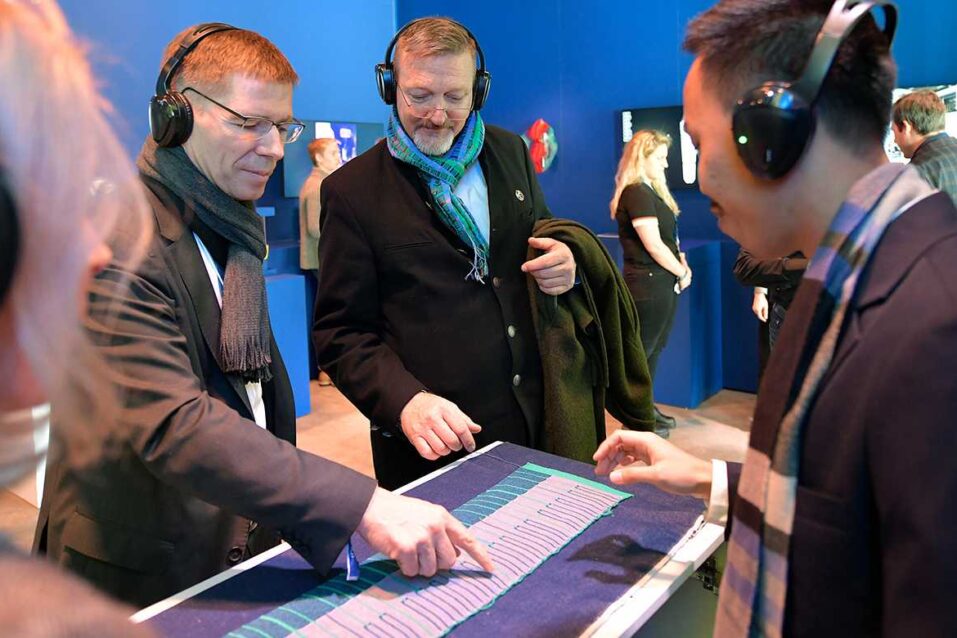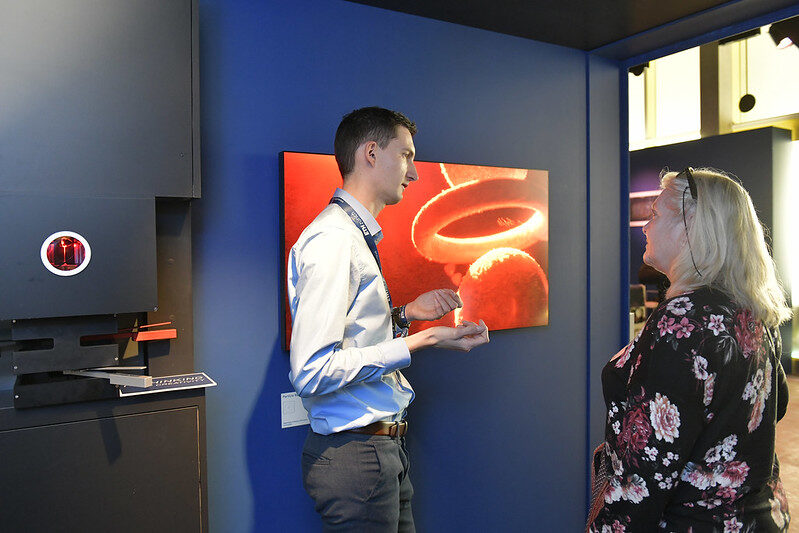Quantum mechanics has guided us to a revolutionary new understanding of nature at its smallest scale. Some of the greatest minds of 20th-century physics have contributed to hammering out the basics. Albert Einstein, of course; Erwin Schrödinger, of cat fame; Max Planck, Wolfgang Pauli and numerous others. Below the radar of public perception, however, a second quantum revolution has been shaping up since the mid-1990s: the advent of quantum technology. The underlying idea might sound deceptively simple. Quantum mechanics has shown that nature behaves in ways that simply cannot be explained in the framework of classical physics. So why not make these phenomena the heart of a new breed of unique technological devices?
This idea underlies a string of ground-breaking new concepts that have emerged over the past quarter of a century, proposing fundamentally new approaches to computation and cryptography, to measuring physical quantities, and other applications. Translating these concepts into practical devices has proved immensely challenging. Nevertheless, over the years, capabilities have been developed that now enable researchers to create prototype quantum devices that start challenging their classical counterparts. And this step from the drawing board to the lab is creating tremendous excitement.
At ETH Zurich, some 20 professors are working in quantum science, collaborating in centres such as NCCR QSIT and the just-founded Zurich Quantum Centre. And the school is currently systematically expanding in the field of quantum technologies, for example by currently training its first generation of Quantum Engineers in a dedicated Master programme, one of the first worldwide.
But how did we get here, from a theory that is often perceived as ‘mystical’ to the verge of real-world devices? The history is complex and multi-layered — and has intimate connection points to Switzerland.

